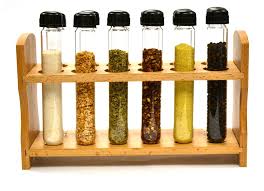DECOMPOSING AND RECYCLING
Aim: To learn about the rate that different materials decompose.

Hypothesis: I think that......this is a good thing that this experiment is what we are learning today.
Materials:
Findings:

Materials:
- paper
- banana
- bread
- Styrofoam
- 4 Test Tube
- water
- Test Tube rack
Steps:
- first you need to go to a group
- then you need to get the 4 Test Tube and the tube rack
- after you got the test tube you need you have to get the Styrofoam, banana, bread and the paper that you going to put there
- and after you got all the things that you need you should put the Styrofoam, banana, paper and the bread in different test tube
- then you need the paper to right your groups names on it.
Image:
Findings:
TODAY
|
Colour
|
Change
|
Observations
|
Banana
| yellow/brown | none | the banana just sitting in the same spot |
Paper
| white | none | the paper just sitting in the same spot |
Styrofoam cup
| white | none | the Styrofoam just sitting in the same spot |
Bread
| brown | none | the bread just sitting in the same spot |
3 weeks
|
Colour
|
Change
|
Observations
|
Banana
| green, brown, white | the change of the banana is that the banana has a moss in it and it start to look all green because of the moss. | the banana has a moss in the side of it and the moss starts to take all of the banana to a moss |
Paper
| brown | none | it's the same as ever |
Styrofoam cup
| white | none | same as ever |
Bread
| white | none | same as every |
5 weeks
|
Colour
|
Change
|
Observations
|
Banana
| |||
Paper
| |||
Styrofoam cup
| |||
Bread
|
Images:
Conclusion:












